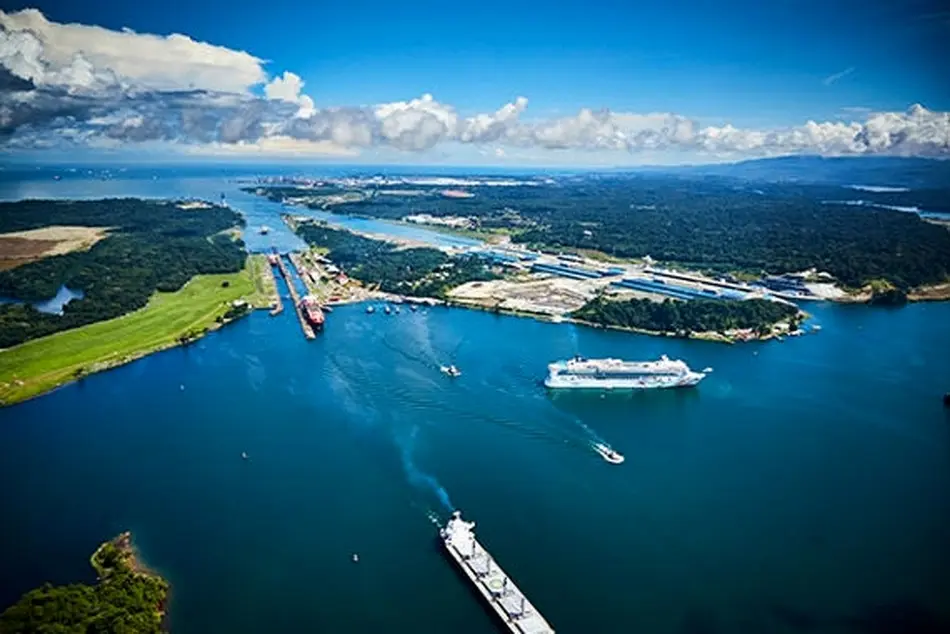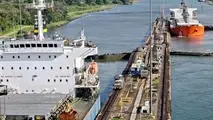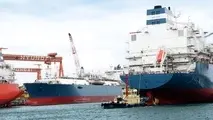Bunkers: Improved Physical Supply in the Panama Canal

The Panama Canal expansion not only brings new routing and transit opportunities to the global shipping community. Marking one year of the official inauguration of the new locks of the Panama Canal, Monjasa reports of increasing supply volumes.
Monjasa has been an active in the Panama Canal since 2011 and established a physical presence for operations and bunker trading in Panama City in 2015.
“Since the opening of the new locks exactly a year ago, we have seen a positive development in the local bunker market,” says Rasmus Jacobsen, Managing Director for Monjasa Americas.
“On a daily basis, we already see 6 ships passing through the new locks, and as the tonnage further increases, we expect this number will increase to 8, 10, or possibly 12. As fuel supplier, this means that we must be able to offer increased flexible to our customers as the waiting time at anchorage for the vessels to transit is gradually reduced. Further, we also acknowledge new customer segments beyond container and bulk carriers voyaging the Canal, including liquified gas tankers and passenger ships. So, what we are looking at is primarily larger single fuel supplies rather than a significant increase in the total number of supplies.”
Improved sourcing pattern and quality focus in the Canal
On the sourcing side, Monjasa says that several oil cargo majors have taken up interest in the market.
“There are around ten physical bunker suppliers in the Panama Canal, however, as one of the only ISO-certified bunker companies operating here, we set the bar high when it comes to quality, not least the one delivered by our sourcing partners. We are thus pleased to see a development where two-three oil cargo majors have entered the local market as it brings us new opportunities.”
“One way for us to deliver on this promise of quality is by implementing Monjasa’s existing customer satisfaction programme in the Canal upon each supply operation. This is a pioneering approach in this market and we take the feedback we receive very seriously. I believe that such an initiative also assists the overall development of the Panama Canal being perceived as a reliable and increasingly regulated marine fuel hub,” Rasmus Jacobsen concludes.
Monjasa currently manages four barges in the Panama Canal – three in Balboa and one in Cristóbal – and delivers 35,000-40,000 metric tonnes of oil products monthly.



